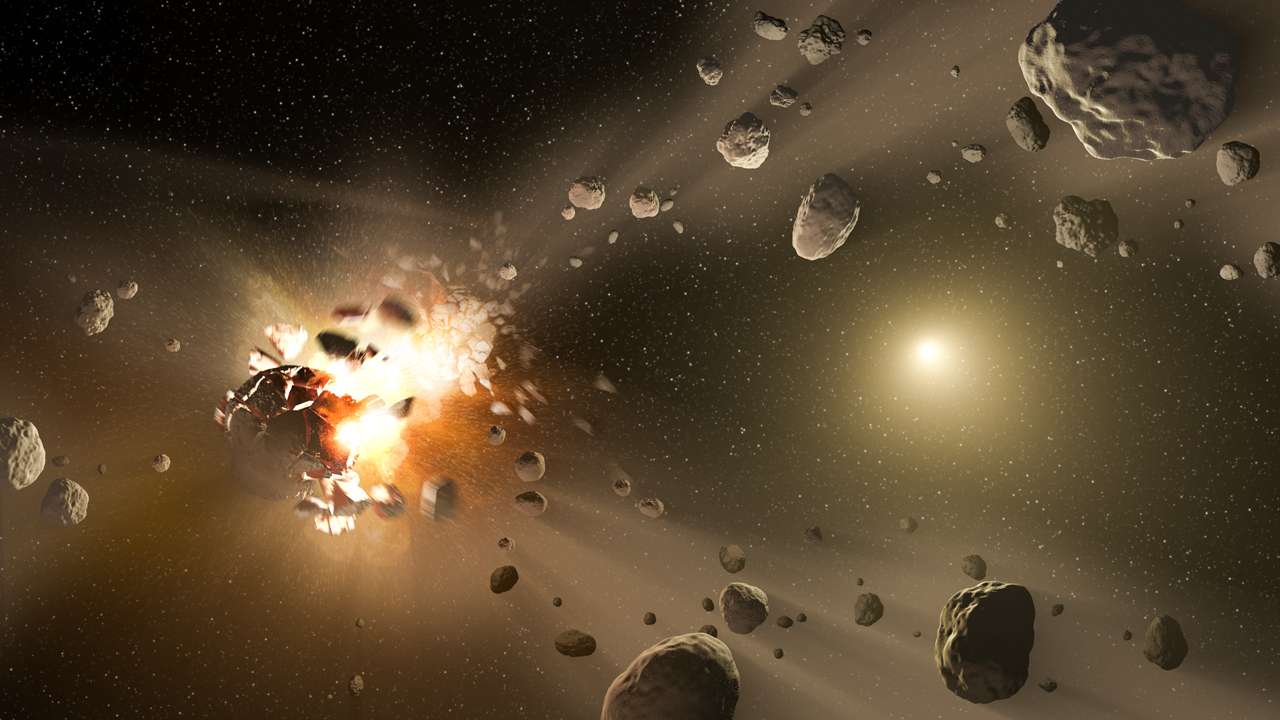Patricia Will discovered traces of helium and neon — noble gases that rarely combine with other elements — in a six moon meteorite from NASA’s Antarctic collection.
Meteorites are formed from volcanic rocks called basalt, which are formed when magma flows out of the Moon and cools rapidly. As a result of cooling, lunar glass particles formed in the samples, which preserved the chemical signatures of the gases. After the formation of basalt, additional layers of rock surrounded it, protecting the glass from charged particles both from the constant flow of the solar wind and from cosmic rays. Researchers think the insulation protects this trace and ensures the source of the gases trapped inside.
Thanks to a particularly sensitive noble gas mass spectrometer, scientists were able to capture helium and neon fingerprints in meteorites.
Scientists say the find confirms the idea that the moon was formed as a result of a giant impact. According to one version of the giant impact theory, a protoplanet named Theia crashed into Earth about 4.5 billion years ago, about 60 million years after Earth’s formation.
The blow had to be really powerful to knock out a launch from the Earth’s bowels that could stay in orbit and merge with another object and not fall back to the planet.
Source: Ferra











